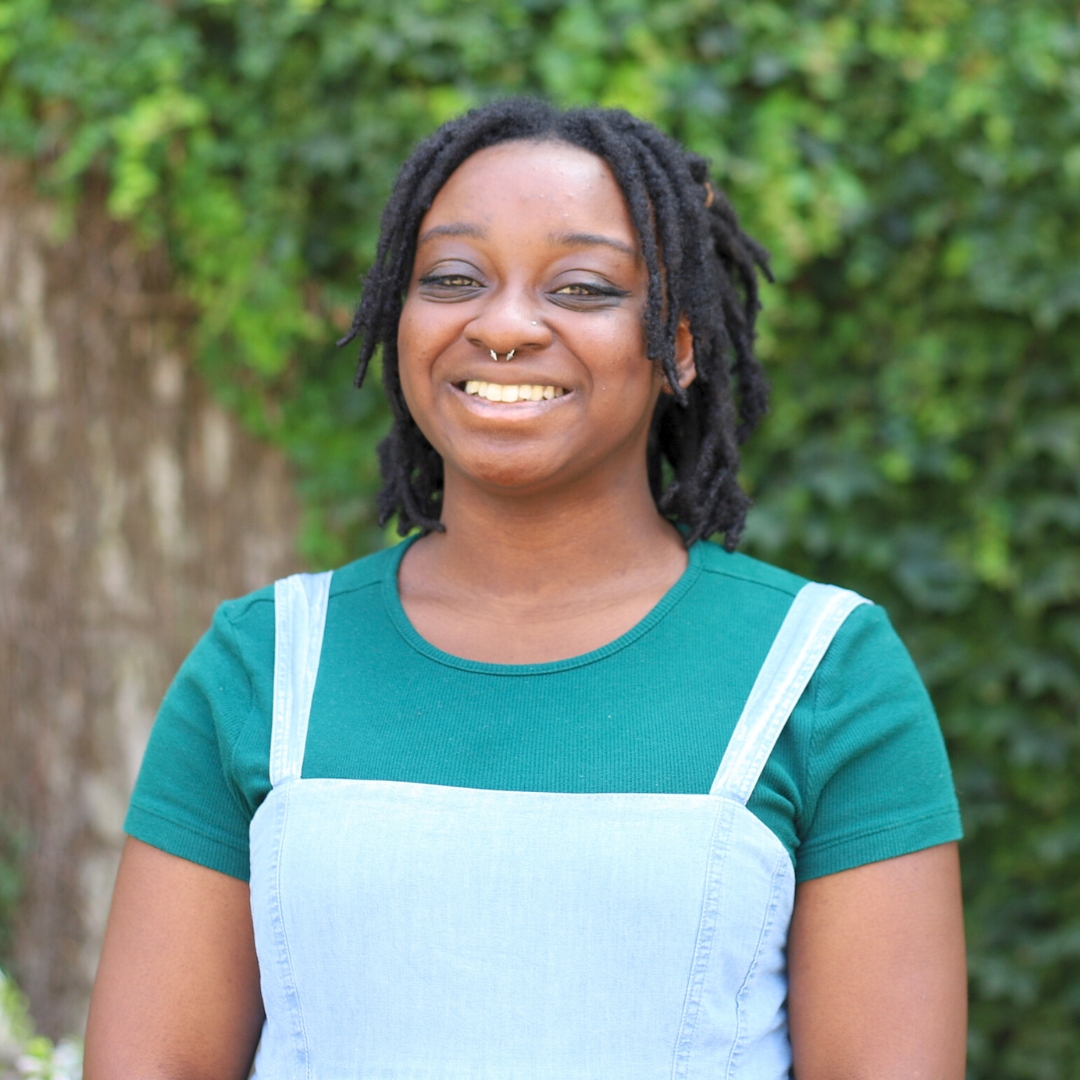StatsCan reports that 40 per cent of Canadians believed false information about COVID-19
Disinformation is a concept that is almost as enigmatic as its results, causing a wide range of turmoil and trouble for not only the average Facebook observant but also Canadian policymakers.
“False news” has been in circulation since the origin of the printing press, and has only skyrocketed during political and cultural events such as the entirety of Donald Trump’s presidency and the emergence of the Wayfair trafficking conspiracy theory.
But with the evolution of technology, the speed of social media, and the seemingly prolonged pandemic, the wrong things can become viral in no time.
Mis-defining misinformation
First, we need to be clear — misinformation and disinformation are two individual, yet highly interconnected terms.
“Disinformation is something that is deliberately contrived to be that is untruthful and is put into public discourse for political or proverbial ins, for reasons of power and profit,” said Chris Dornan, a retired professor in the school of journalism and communication at Carleton University.
“Whereas misinformation is information that is not accurate [or] true, but that somebody may actually sincerely don’t believe that they’re retailing lies. They actually are invested in the content they’re circulating or amplifying. But nonetheless, that information is incorrect.”
Jenny Saul, chair of social and political philosophy at the University of Waterloo, outlined two examples to help reiterate the differences between the terms.
“The initial advice that hand washing was the most important thing to do to fight COVID-19 was misinformation — it turns out to have been false, but at the time there was good reason to believe it was true,” she said.
“Now contrast this with the idea that Donald Trump actually won a huge electoral victory in 2020 — the people behind this idea know that it’s false, so it’s disinformation, deliberately intended to deceive.”
Since the beginning of the pandemic, misinformation and disinformation reports have skyrocketed across the world. Some of this has taken the form of suggesting the injection of bleach or that COVID-19 was created as a bioweapon with harmful real-life repercussions. The issue is so prominent that it has its own Wikipedia page.
You might be wondering as a university student, ‘well I haven’t fallen for misinformation, I could probably catch it in action.’ Well, you might be able to catch some, but not all. Statistics Canada reports that 40 per cent of all Canadians believed false information regarding COVID-19, as well as 53 per cent of Canadians sharing this false information without confirming its accuracy (like an act of misinformation).
But why are platforms such as Twitter, TikTok, and Facebook such prominent hosts for incorrect and misleading information?
“Our cognitive biases tend to orient us toward more negative information,” said Josh Greenberg, professor of communication and media studies and director of the school of journalism and communication at Carleton University.
“We have stronger emotional reactions to content that upsets our values and prior beliefs and are more likely to engage with them,” he said. “Technically, if we look at Twitter as an example, this increased level of engagement gets recognized by the platform’s newsfeed algorithm and it pushes that content into the newsfeeds of like-minded people, intensifying engagement further (…)”
Saul reiterated that the internet is a significant breeding ground for both misinformation and disinformation.
“If you get your news from a reputable newspaper, it might sometimes be wrong, but it will have been checked by competent journalists,” she said. “But on social media the sources you get presented with could be anything. And you may not even notice the source — you’ll just see a message as you’re scrolling and be left with the feeling that maybe there’s a reason to worry about vaccines.”
Dornan went on to to say that social media platforms have been considerably unique since the start of the pandemic due to their ability to circulate information directly from public health authorities.
“But on the other end, [social media is] also a platform for the amplification of erroneous information,” he said. “A lot of this was not done in the spirit of malfeasance, they’re just people who considered themselves armchair experts. But they took to social media and they argued positions and some of them apparently in quite a compelling way.”
Academic circles and societal think-tanks such as universities appear to study misinformation rather than encounter it. But that doesn’t mean that false information doesn’t circulate within these communities.
“You would think that the university would be a precinct of society that would be less subject to the influence of misinformation that is probably true. On the other hand, because a university is a place of eternal skepticism, (…) there are pockets inside the university where just because someone’s a member of a community of rational inquiry, doesn’t mean they’re right,” said Dornan.
Greenberg believes there’s a responsibility to teach students how to identify and respond to the spread of misinformation when it’s spotted.
“Universities thrive on the exchange of knowledge and information to promote enlightened thinking, good decision-making and the formation of ethical citizenship,” he said. “Misinformation has been a problem for societies long since before social media made its circulation more efficient and its consequences more far-reaching.”
How to combat fake news
The management of misinformation — or any information — on the internet and across social media platforms is difficult to regulate. Dornan reminds us that freedom of expression is central to liberal democracy, and the wrong move can result in widespread repercussions.
“There are some restrictions in the name of the social good that we place on freedom of expression,” he said. “Nonetheless there’s a crucial factor in a free society is this notion of liberty of expression.”
Greenberg has also elaborated that several social media platforms have taken the necessary precautions to flag posts for misinformation or remove users who perpetuate false information.
“However, it’s obvious that far more needs to be done given the scale of the problem and, at least as it relates to the spread of coronavirus misinformation, the public health consequences of not doing enough,” he said.
As a result of the ever-changing conditions of the pandemic and the increase in misinformation circulating across the internet, health communication may need to make some changes to its approach.
“I think we are learning lessons from the effort, not simply to combat the pandemic, (…) about how we might best go about basically talking to ourselves, as a society about really pernicious threats to our collective,” said Dornan, citing social issues such as climate change.
Greenberg agrees that we have learned much within health communication in regards to the pandemic, but we cannot wait for another crisis to implement these lessons.
“Good communication about health, when it’s done ethically and effectively, is essential to a healthy democracy, but it requires sustained effort, focus and attention. Communication is about human understanding, and we establish understanding through dialogue,” he said.
“My hope is for every sector, industry and organization that has been affected by the pandemic to engage its communications experts to lead the conversations that will be necessary to repair the loss of confidence and trust (with governments, health authorities, and each other) that we have seen over these past few years.”





